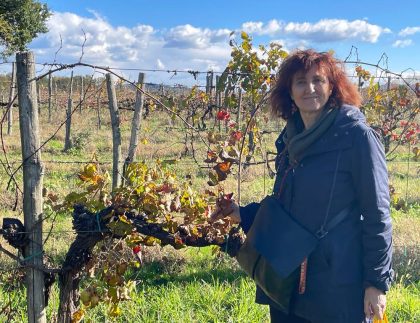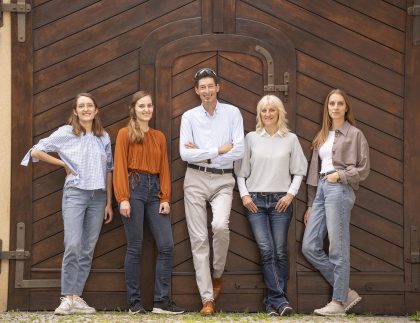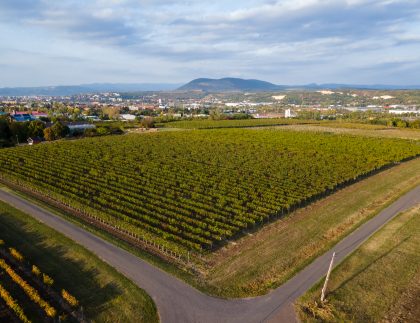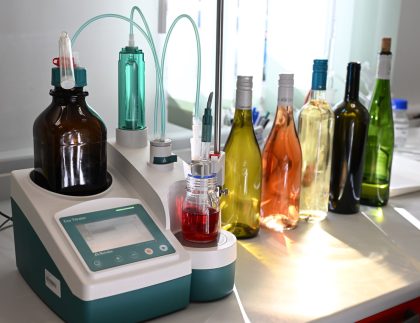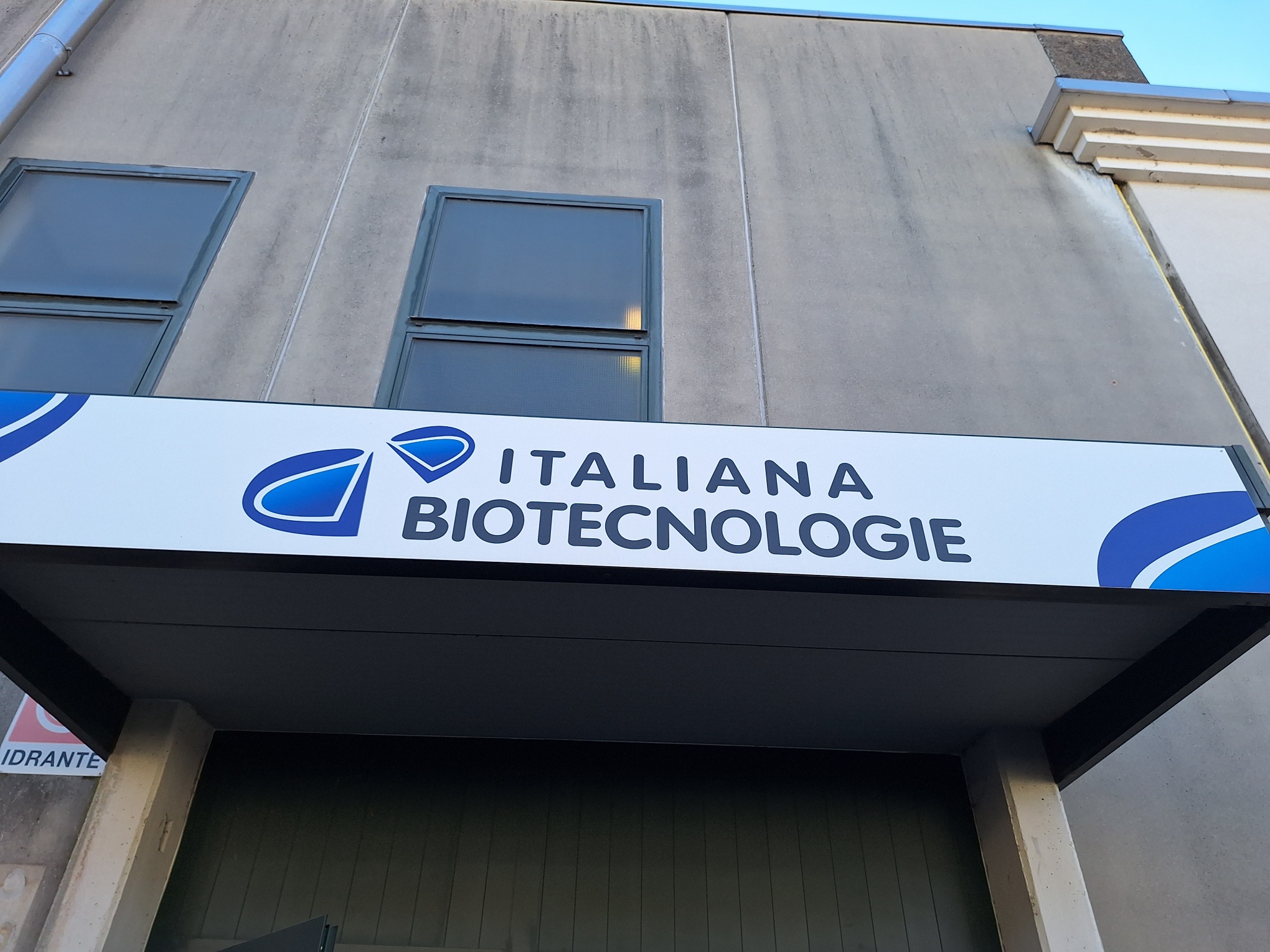
The Ankom RF Gas Production System is a measurement technique that offers an easy-to-use method for monitoring, analysing, testing and measuring gas production. The system consists of 250 ml, 500 ml or 1000 ml sample bottles, RF pressure sensor modules, a “zero remote control” for measuring ambient pressure, a computer interface coordinator and operating software for use with any PC running Windows XP/Vista (or higher).
The samples and the microorganisms to be monitored (yeasts and lactic acid bacteria in wine research) are placed in the bottles, then the RF sensor modules are connected to the bottles and placed in an incubator housing. The pressure change in each bottle is measured at user-selected intervals. The pressure measurements are recorded in a standard Excel spreadsheet by the PC and gas formation curves are generated. In this way, the practical process time of 2 days is reduced to 1 hour and, from a practical point of view, the time of harvest and the fermentation process can be planned in advance by visualising the behaviour of the yeast (and/or lactic acid bacteria) for the raw material. By analysing the process, producers can be advised which yeast strains to use in a given vintage, and what nutrient management is required to preserve flavours, avoid unwanted by-products and prevent stuck fermentation.
In Europe, this system has been successfully used to implement the measurement method VDI 4630 – Fermentation of organic substances – Substrate characterisation, sampling, data collection, fermentation tests and DIN 38414-S8 Fermentation tests (GB21) – Method for testing the biodegradability of a substance.
The research institute has developed a yeast gene bank for the Soave and Valpolicella wine regions, selected and genetically identified more than 100 yeast strains, analysed and summarised their physiological properties, collected and organised their potential for practical application and conditions. For each strain, their fermentation properties have been described by identifying a number of analytical parameters, alcohol yield, higher alcohols, glycerol, acetates, acetoin, lactates, amino acids, phenolic acids, polyphenol content, vitamin content, saturated and unsaturated fatty acid chains, glutathione compounds, colour, volatile compounds, flavour, ester compounds, sugar utilisation, acid production, nutrient requirements. They can also perform biofermentation of the strains available in the genebank at laboratory, pilot, semi-factory and factory scale, followed by lyophilisation, packaging and packaging. They are a valuable asset and a great help to wineries.

